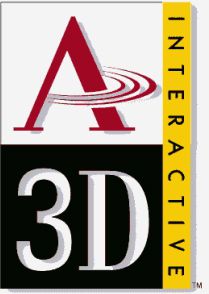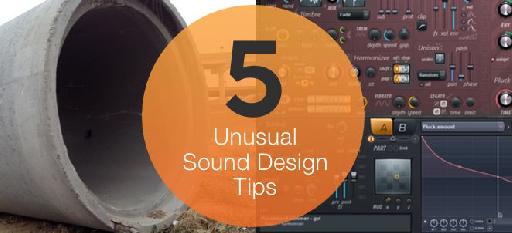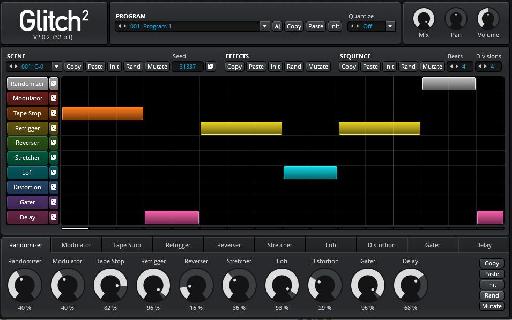There are so many methods for getting great sounds from either field recording, source libraries, synthesizers, and so on. But, the obvious can become both tedious and well, boring to both yourself and your clients, over time. If you're looking for a few things to separate you from the rest. Here are a few tools that have served me well.
Binaural Recordings
Back in the earlier days of PC gaming, A3D was a hot new, binaural encoding technology appearing on select audio cards. Binaural audio was available on select titles at the time, like Thief, System Shock and several other titles, though most tended to be first person shooters in one vein or another. When A3D was enabled, you would suddenly be treated to the effect of surround audio, over headphones, if your sound card supported A3D. Binaural Encoding sort of vanished after Creative Labs bought A3D for a bit. But, recently, through the efforts of companies like New Audio Technology binaural is now becoming available for DAWs. I recently reviewed Spatial Audio Designer, their flag ship product. Try having a 13.1 surround mix over earbuds! It may not be perfect fidelity due to some filtering, but 80% of the people listening to any audio these days are on what? Headphones.

Randomizing Plug-ins
Randomization is a beautiful tool for coming up with sounds you, or anyone else, may never have thought of. Most EDM guys know about these types of tools. But, for film and video game sound designers, this can get missed. Of course I'm referring to simple, yet powerful plug-ins that randomize audio such as DB Glitch, Beat Repeat, and other's of the randomization ilk. The strategy with plug-ins such as these is simply to loop an effect, such as a gun shot, roar, telephone ring, and so on through one of these plug-ins, while sending an output to a second audio track that's recording directly what the randomization plug-in is doing. Let it go for a minute, listen to what is spit out with while things are glitching, repeating and so on. Once you've got a few minutes, go back and see if there' s a new variation that matches what you're shooting for. This approach is excellent if you're coming up with cool little interface sounds for video game menus, I might add.
Guerrilla Recording
This is one that's close to my heart, and I hope to write articles in the future that go into this in greater detail. In any city you live in, there are always amazing rooms, caves, sewers, and so on. Try taking some speakers out to a strange locale and recording the sound as it appears in a different, real room, or locale. We often rely on plug-ins for reverbs and echoes. But, nothing beats the real thing. Plus, you get a much more interesting story for later! Audio is an adventure, my friend. Make an adventure of it!

Don't Underestimate Additive Synthesis
Additive synthesizers like FL Studio's Harmor are amazing for their ability to accurately replicate audio recordings through complex partial banks. From a distance, it's easy to make the mistake of thinking that this is a process similar to sampling. However, keep in mind that this is a large web sine waves working the same way large banks of LEDs mapped together can reproduce video. Sine partials darken and lighten to replicate tone, and the results are stunning. Try running some audio through an additive synthesis and then start tweaking. Your mind will be blown. You can extend, stretch and scatter sounds in to entirely new fx and textures.
Go Lo-Fi
So many people have this idea that sound design must only be done with the best equipment, the best mics, the best software. However, keep in mind that even mobile phone mics have character, and can at least give you the chance of capturing something that you otherwise would let go by out of mere equipment shame. Start now! Get out there and record some audio with old gear, check out the kind of character old, crappy recorders apply to sound. It's within these antiquated compression algorithms there still lie in wait so many cool sci-fi possibilities for laser gun blasts, robot voices and so much more.
Conclusion
Hopefully, some of these ideas are welcomed, or even currently corroborated. It's certainly not the method that, in the end, provides the joy. It's the outcome, right? What our listeners tell us sounds great with their reactions? In the end, I suppose it's up to you. Personally, I derive a great deal of pleasure in the method. It's not just about pushing the envelope with new technology, it's about pushing the craft with new mindsets, perspectives and methods to further such an amazing pursuit'"an immersive audio experience.






 © 2024 Ask.Audio
A NonLinear Educating Company
© 2024 Ask.Audio
A NonLinear Educating Company
Discussion
Want to join the discussion?
Create an account or login to get started!